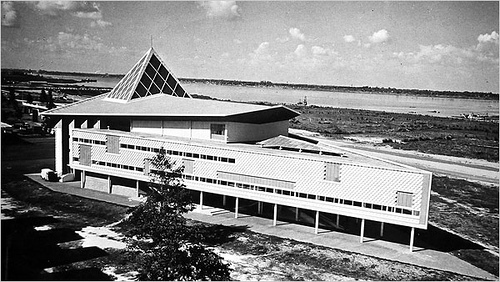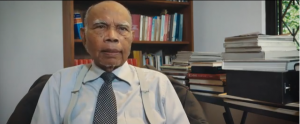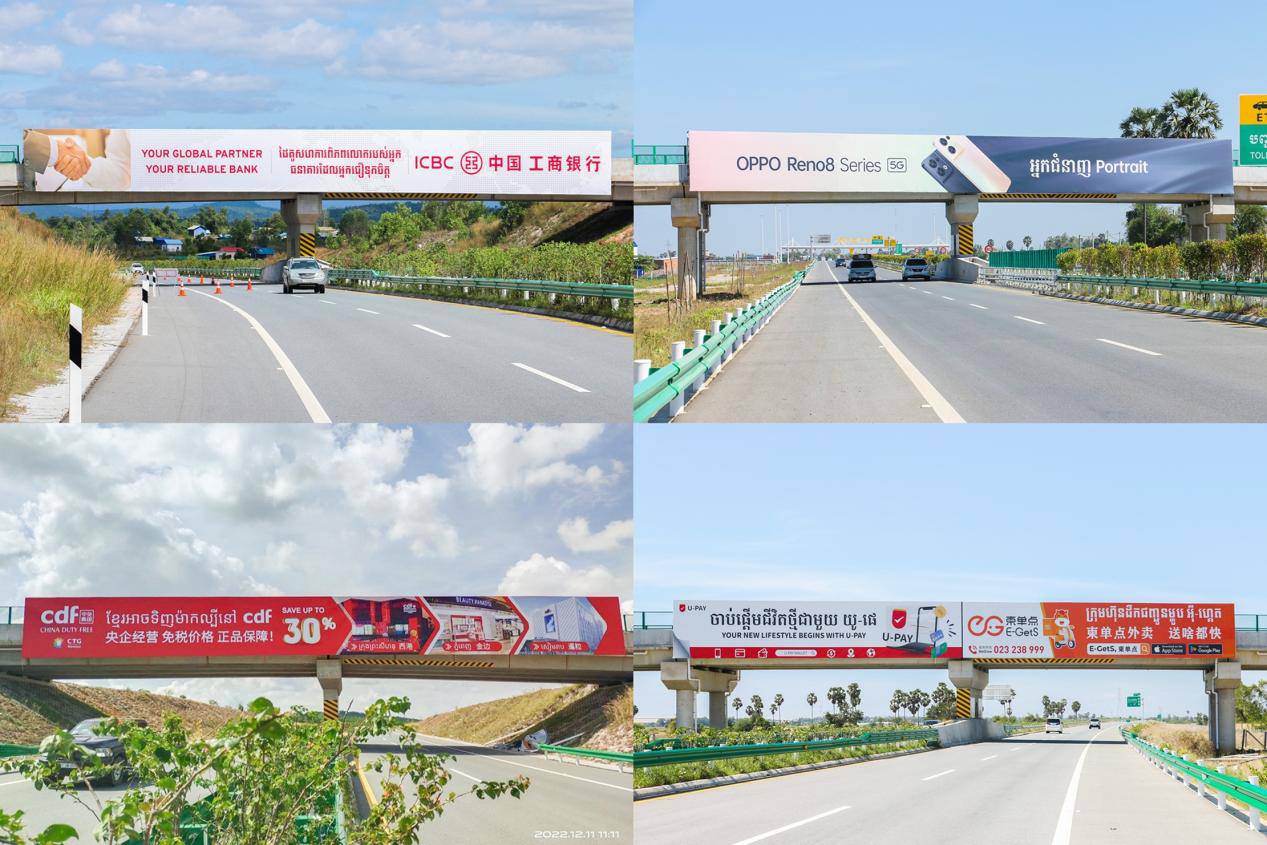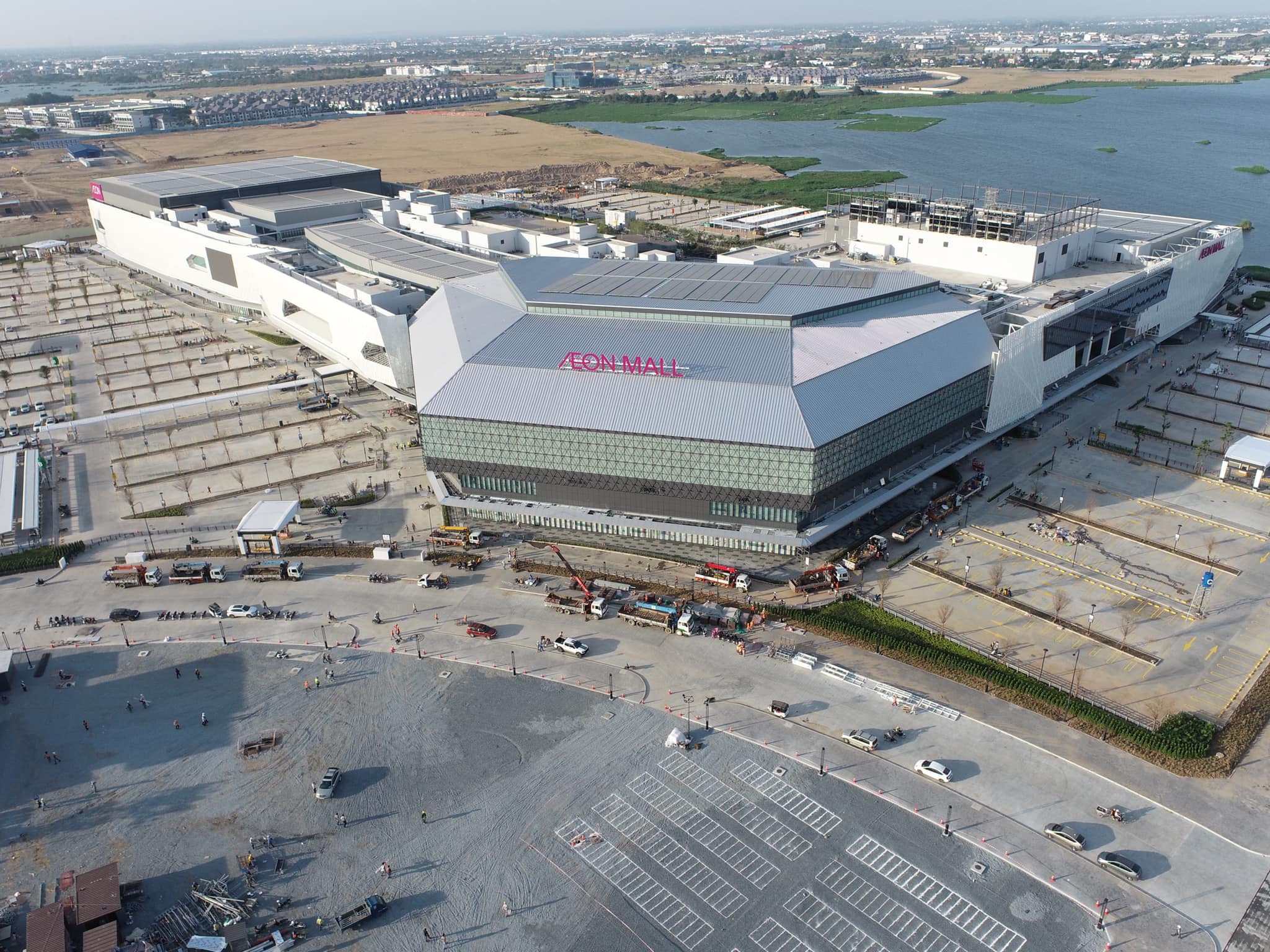Vann Molyvann, considered the founder of the modern Khmer architecture, completed nearly 100 projects both nationally and abroad between 1956 and 1970. The impact of his architecture is felt around numerous corners of the Kingdom - with many still applauding his architectural style.
Ms. Tri Lida from Re-Edge Architecture & Design refers to Molyvann as “the father of Cambodian architecture” - holding a “unique ability to incorporate Khmer style with natural elements, creating sustainable buildings where the air and sunshine flow from the inside out.”
Some of Molyvann’s most significant projects are the Independence Monument, the National Olympic Stadium, the Royal University of Phnom Penh, the Chaktomuk Conference Hall, Preah Suramarit National Theater, the Council of Ministers building and the State Palace in Chamkarmon – now the place of the Senate.
There are also several of his projects which are less known by the general public; such as the stupas within the Royal Palace, the Kantha Bopha Hospital, the first Siem Reap airport and the pavilions and temples for the 2,500th anniversary of the Buddha.
Aside from the many projects he completed within the Kingdom, Molyvann also worked on projects abroad such as the Exhibition Hall for the International Trade Fair in Osaka, Japan, the Exhibition Hall For the International Trade Fair of Zagreb, the Exhibition Hall at the International Trade Fair of Brno, Czechoslovakia, and the Exhibition at the Galleries Lafayette in Paris.
However, when asked his most loved architectural projects, these are all national - although not all are still in existence: “The ones I love the most is the National Olympic Stadium and Preah Suramarit National Theater on Bassac in Phnom Penh. There are many other projects I was fond of, but unfortunately some of them have been replaced by new buildings or were destroyed,” said Mr Molyvann.

The demolition of old architecture is a recurrent issue in Cambodia, which the photo expert and owner of the “Amazing Cambodia” photo archives, Mr Srin Sokmean, has likewise noted: “It is a great pain to witness those architectural heritages disappear one by one. I always question myself why they are destroyed and not suitably renovated.”
This is what pushed him to produce a vintage photo collection book named “Cambodia: Half Century Then & Now” which aims to enable people to visualize the beauty of Cambodia in the past and how the current landscape has been modified. On top of this, Sokmean has a popular facebook page and blog demonstrating his collections of photography.
“I strongly believe that redecoration is the best option, because each building has its own attractive point. Development and architectural conservation need to go together” he added.
“Old buildings are not always useless; instead they can be perfectly converted into museums, art galleries, boutique hotels or other amenities,” he concludes.
And Sokmean is not the only one trying to preserve national heritage via media platforms.
Mrs. Teav Bandol of Image Printing also shares a similar concern that, “during development, many countries face the dilemma of whether to preserve or replace heritage buildings to give space for new development; sadly most countries choose the latter. Cambodia is no exception.”
She continued, “It should not be destroyed but preserved. Both old and new architectural work must be kept in its place in order for the public to witness the evolution from one generation to another. Doing so will help us to preserve the national identity and maintain sustainable development.”
With that in mind, Image Printing is planning to re-publish some books detailing Vann Molyvann’s works in order to ensure his contributions reach the next generation.
Bandol mentioned that the publication of these books are not just for the purpose of preserving Van Molyvann’s buildings – but it’s also “a demonstration of intelligence, knowledge and innovation in the architecture industry - which is a good example for the new generation to follow.”
“Moreover, we cannot regain a building that was destroyed, but we can save every document for next generations,” she concludes.
Find the latest real estate news on Realestate.com.kh





Comments